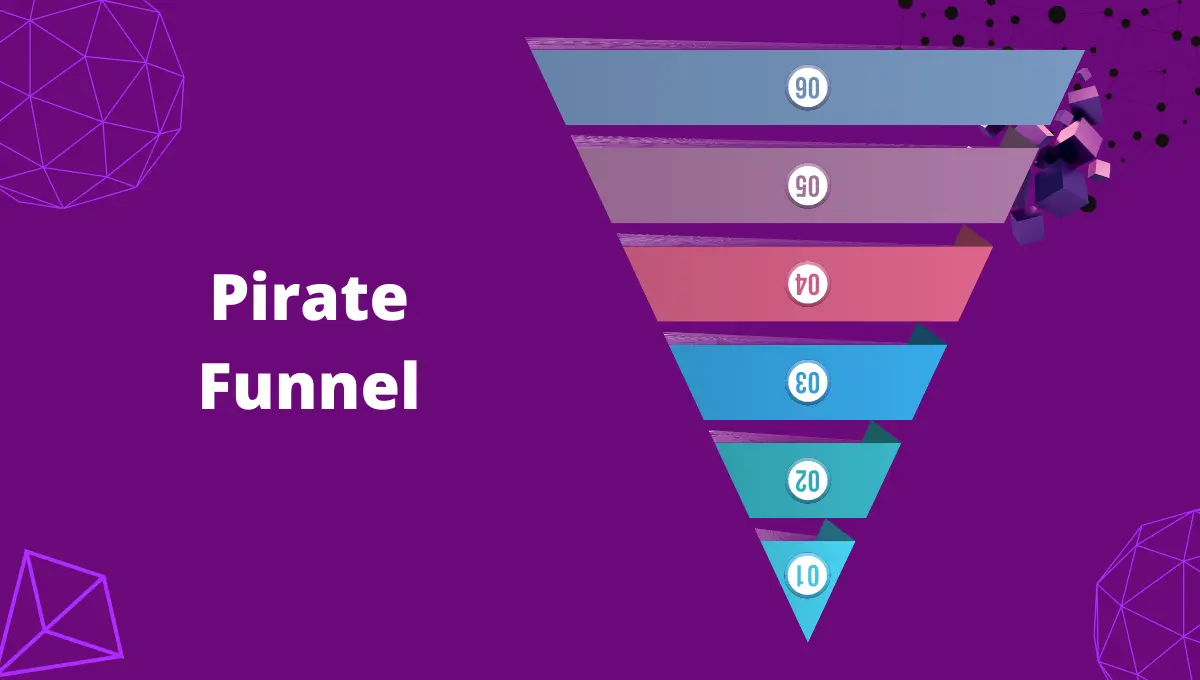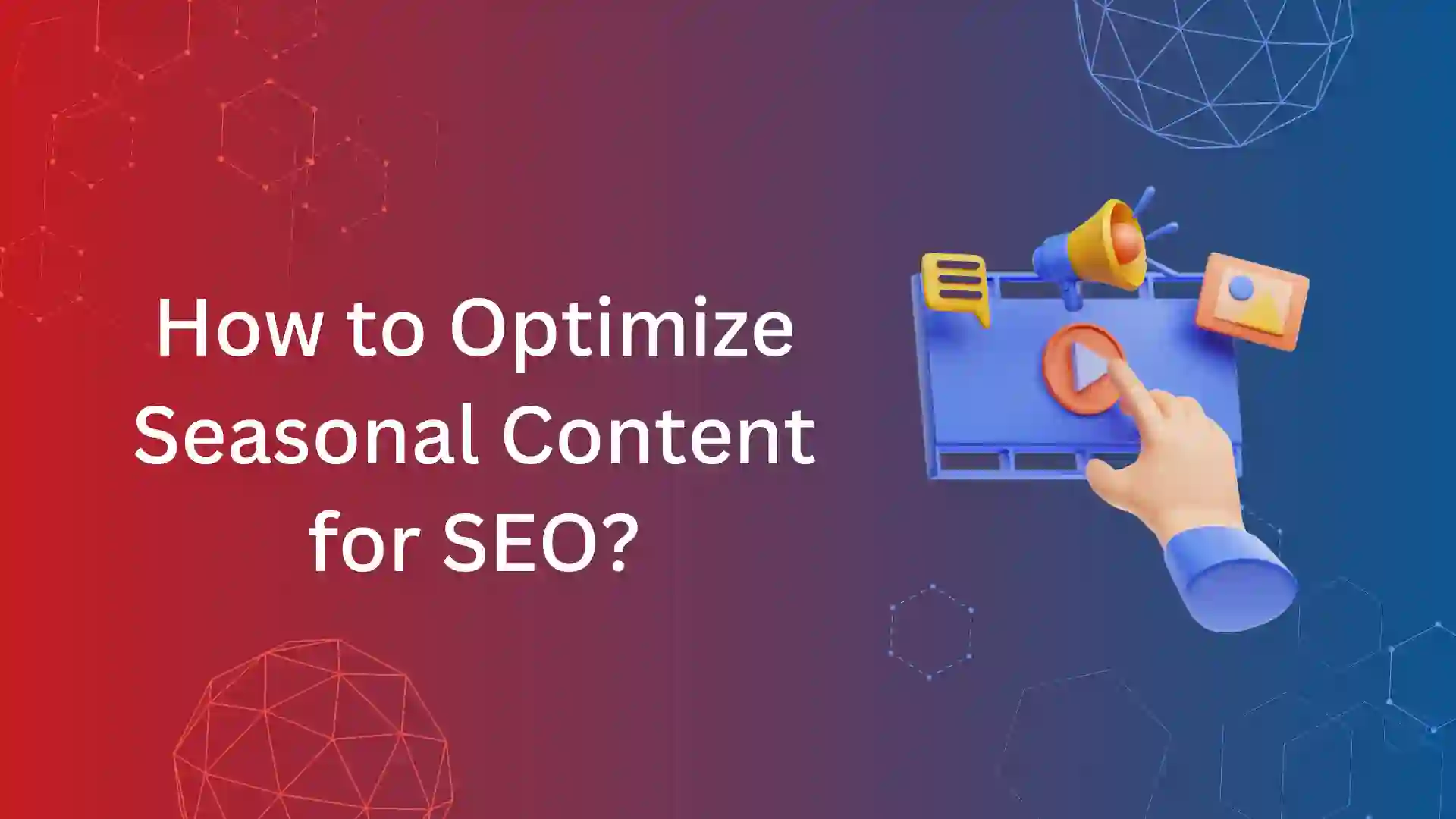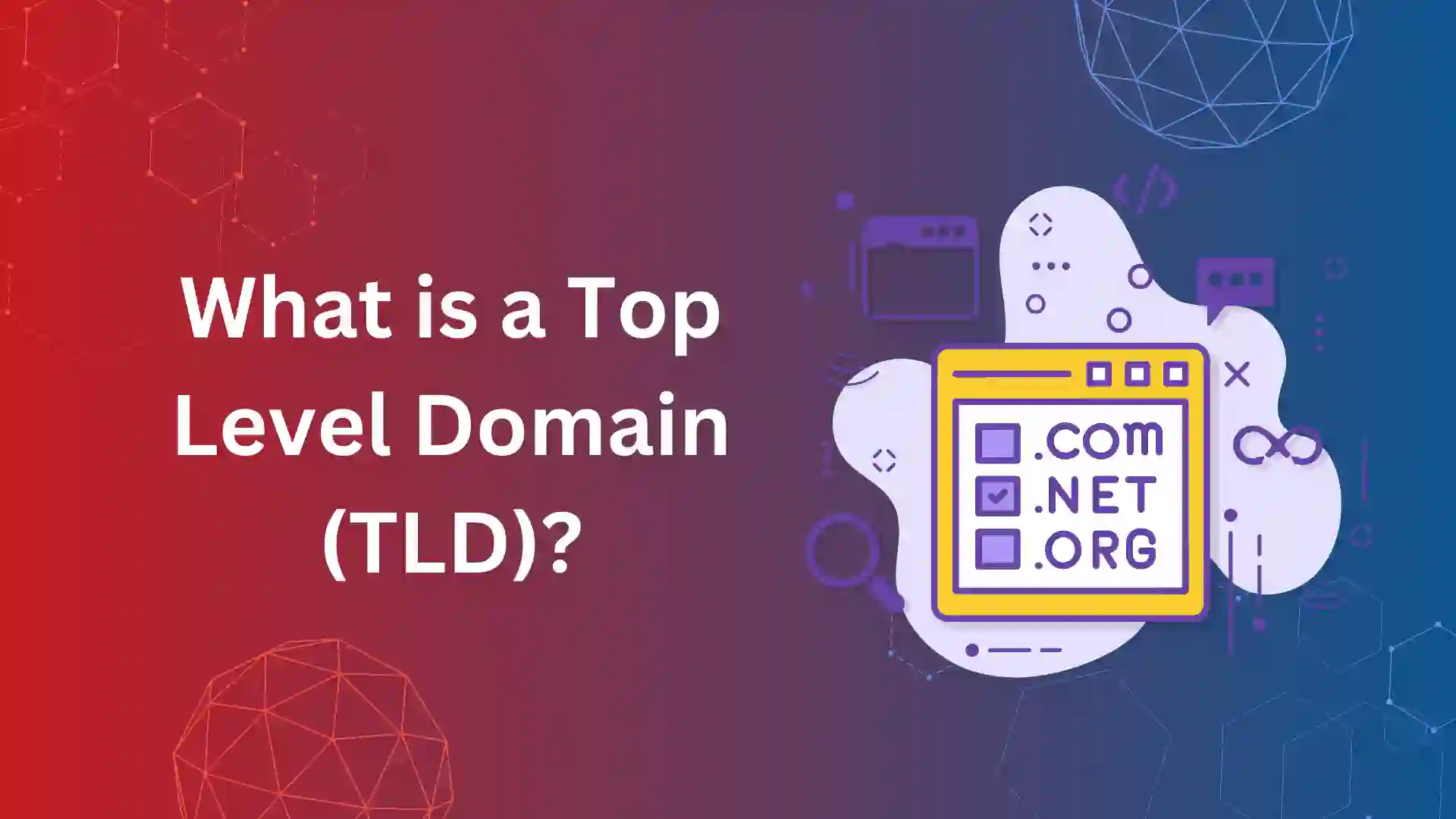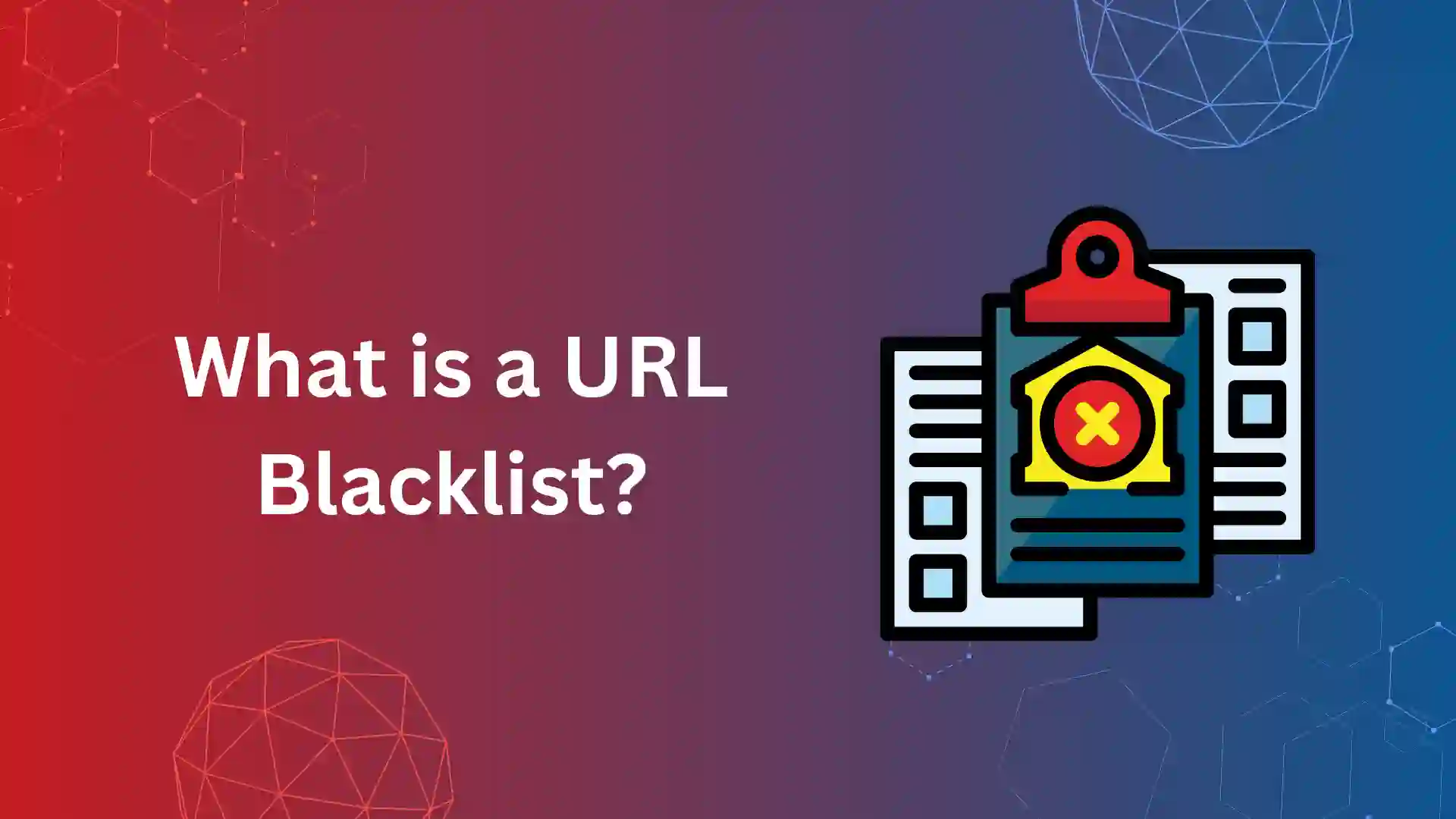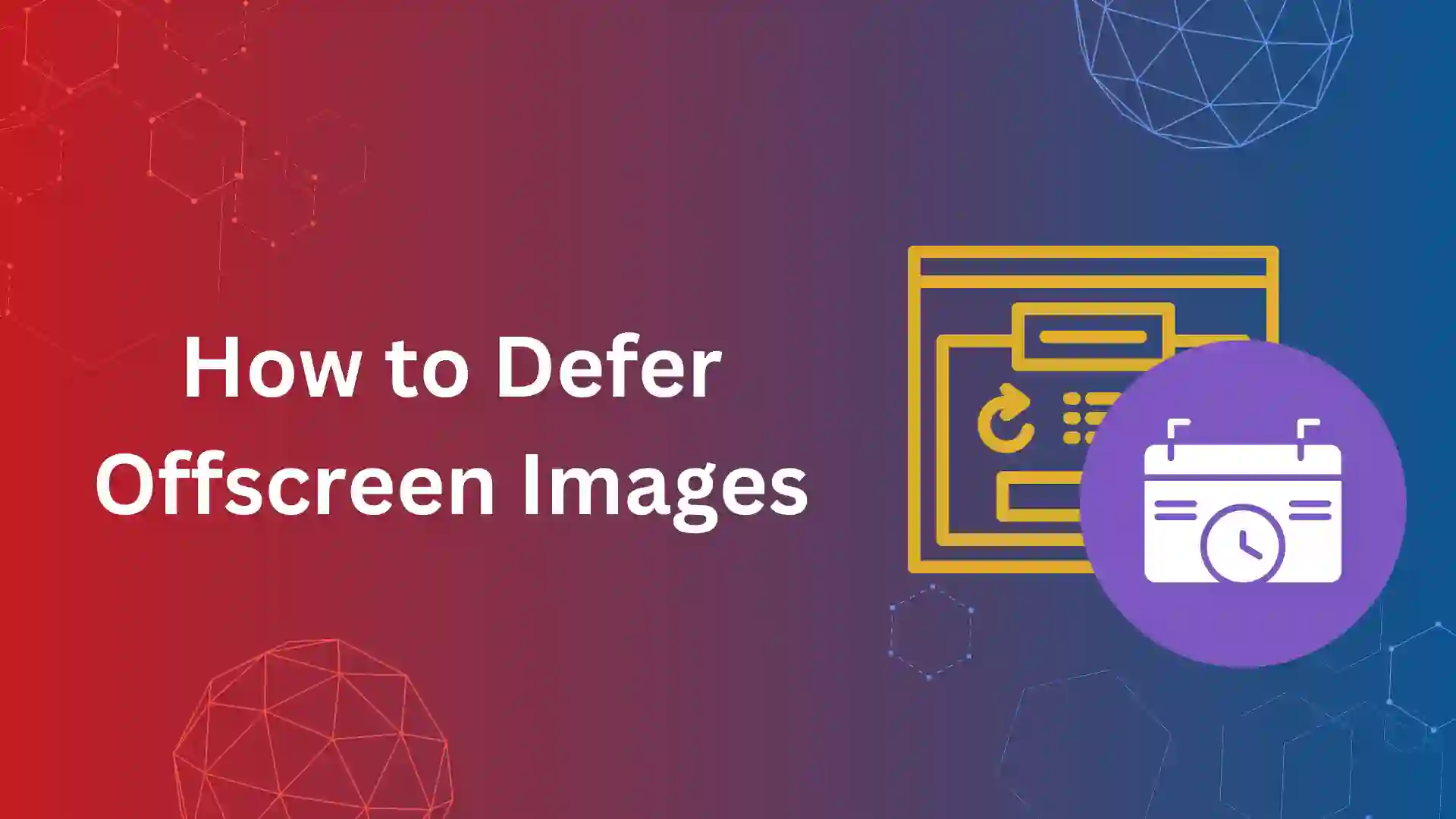The pirate funnel or pirate metrics is a set of metrics that businesses can use to track and influence user behavior that can lead to the growth of a business.
It is also called the AAARRR metrics framework. The acronym stands for awareness, acquisition, activation, revenue, retention, and referral.
This metric gives marketers and brands a clear picture of the stages of a customer journey.
So, what is the pirate funnel, and how can it influence the growth of a business? Continue reading this article to learn more about the pirate funnel.
What Is the Pirate Funnel?
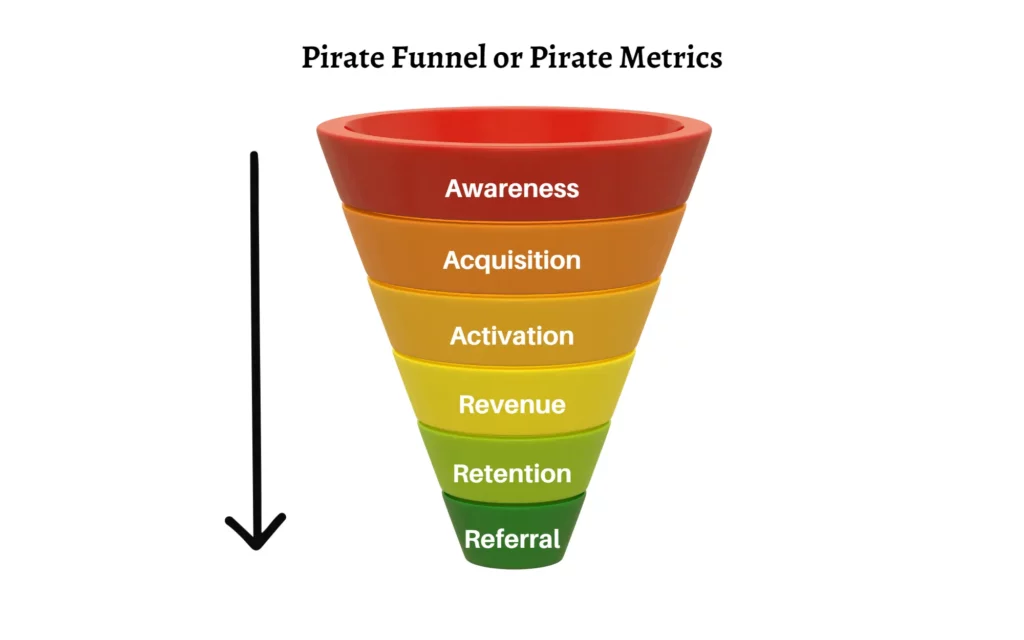
The pirate funnel is a framework that brands can use to break down a customer’s journey into segments so that they can know where to focus their attention on.
It can show the brands if there are any bottlenecks that restrict the customers from passing from one stage to another.
The pirate funnel was developed by Dave McClure. It was named “the pirate funnel” because the first letters of each stage spell out AAARRR.
The pirate funnel is a good starting point for businesses if they don’t know how to get started with a customer’s journey.
They can analyze and find out at which stage they lose customers and focus on improving it.
The pirate funnel is prominently used in growth marketing, where growth marketers use it to identify what stops brands from gaining more customers.
It helps them track and measure how a customer travels through every stage of their journey with the brand.
What Are the Pirate Metrics?
The pirate funnel can be divided into six metrics. Brands can use them to measure their interaction with their customers.
- Awareness: How many customers do a brand reach?
- Acquisition: How many customers visit their website?
- Activation: How many people take a particular action? (For example, sign-up, subscribe, install the app, etc.)
- Revenue: How many people start paying for the products or services, and how much?
- Retention: How many customers come back a second time?
- Referral: How many people refer the brand to their friends or family?
Even though this is the standard order of the pirate funnel, it can vary based on the business model of the brands.
Every stage of funnel has its own growth marketing metrics or KPIs, any business should know the importance of the metrics to validate the campaign’s performance.
For example, some brands can swap Retention and Revenue. Acquisition and Activation can also be swapped accordingly.
Awareness
Awareness is the stage where potential customers learn about a brand’s products and services. Creating brand awareness and making people aware of their business is the first step to getting more customers.
Brands use platforms like social media, SEO-optimized content, PPC paid campaigns, and offline media platforms like newspapers, posters, and billboards to create brand awareness.
Its primary goal is to make people aware of the brand and what they do. It can help bring more customers to the brand.
This stage can be measured using metrics like
- Google views,
- social media impressions,
- website visits,
- click-through rates, and
- Google searches of the brand.
Acquisition
Acquisition happens when a customer takes a particular action after visiting the website or landing page. For example, a customer may sign-up for a service, or provide their contact details, or add a product to the cart.
This is also the stage where brands can collect information to create user/buyer personas. They can collect demographic information from the details provided by the customers.
The key to acquisition is to find the right audience. Only when you find the right customers for your business can you provide a compelling reason for them to use your products.
The customer persona created through this process allows businesses to know how they should move forward with their target audience.
For example, ad campaigns can be created according to the customer persona— sometimes, lookalike audience mapping.
This stage can be measured by tracking
- social media leads,
- e-mail subscriptions,
- add-to-cart details,
- lead magnet submissions,
- conversion rate,
- click-through rate, etc.
Activation
Activation is the first touchpoint of the customer’s experience with the product or service. This happens when a customer uses or purchases a product or service offered by a brand.
This stage is where the “WOW” moment happens, where people discover the value the products add to them. So, brands need to pay close attention to this stage.
This stage decides how customers will move forward with the brand. If the customers are not satisfied with the product or service offered, it means that the acquisition stage has failed.
Failing in this stage can disrupt the further funnel stages, i.e., retention, revenue, and referral. It can also end the customer’s journey with the brand.
This stage can be measured using metrics like
- time to value,
- visitors to registration ratio,
- conversion rate,
- dwell time + viewed pages, and
- drop-off rate.
Revenue
Revenue happens when the customer pays for the product or service offered by the brand.
Based on the business model of the brand, the retention and revenue stages can swap with each other.
That is, for brands that offer products, the customer first buys the product by paying for them (revenue).
They then decide whether to stay with the brand if they are satisfied with the products (retention).
In the case of Freemium products like Hotstar, Netflix, etc., the customer first uses the product for some period (retention) and pays to upgrade the service to premium (revenue) if they wish to continue using the service.
Brands can get a good idea of how much revenue they are getting by comparing the CAC (Customer Acquisition Cost) with LTV (Customer Lifetime Value). The ideal CAC to LTV ratio should be 1:3.
Some metrics that can be used to measure this stage are
- customer lifetime value (CLV),
- customer acquisition cost (CAC),
- repeated purchases,
- revenue churn,
- monthly recurring revenue, and
- average order value per customer.
Retention
It is much easier to retain a customer than to acquire a new customer for a brand. Thus, retention is one of the important metrics that brands focus on for the long-term growth of their business.
Acquiring a new customer is an elaborate and expensive process. The brands have to start afresh from the awareness stage and go through all the stages of the pirate funnel. Comparatively, customer retention is inexpensive and less tiresome.
The best way to retain customers is by providing services that they can’t resist and solving their problems wherever necessary.
When the customer has a good user experience with your products, they are more likely to use them again.
Brands can also retain customers by sending them recurrent e-mails or SMS about a new product or service launch.
They can provide time-restricted sales (limited period offers) or other features, like discounts, season sales, etc., to attract customers.
This stage can be measured using metrics like
- retention rate vs churn rate,
- customer churn,
- click-through rates of emails,
- open rate of emails,
- net promoter score, and
- average customer retention length (time people stay as active customers).
Referral
Referral happens when your customers like your products so much that they start advocating them to their friends and family. This stage is most effective and less expensive than other types of marketing.
Brands get free advertising when existing customers refer products to their connections and bring in new customers. So, how can a brand turn their customer into brand advocates?
There is no definite answer to this question. The most important thing a brand should do is to provide its customers with a satisfactory and valuable service.
Brands can also incentivize their customers by providing them coupons or vouchers for advocating their products. Some metrics that can be used to measure this stage are
- referred customers,
- percentage of customers who refer friends to a brand/product,
- percentage of total purchases made by referred customers,
- social media shares,
- positive reviews, and
- LTV (Lifetime Value) of referred customers.
Use Pirate Funnel in Growth Marketing for Effective Results
Growth marketing focuses on implementing marketing strategies that are proven to be beneficial for the growth of a business.
Growth marketers or growth hackers focus their time and effort on analyzing and removing the bottleneck of a business.
By making use of the pirate funnel, growth marketers can easily pinpoint any problems or bottlenecks that are restricting the brands from gaining and retaining customers.
The pirate funnel gives marketers accurate data from each stage of the funnel. The next step would be to create and implement an effective growth marketing strategy to rectify the problems.
Key Takeaways
- The pirate funnel gives marketers or brands a clear picture of where the problem lies and where they should focus on.
- By dividing the whole customer journey into six stages, it makes it easier for brands to better communicate and focus on the pain points and needs of their customers.
- By focusing on issues that really matter, brands can create a business that has sustainable growth.
- If you are a marketer or a brand looking to build your business and increase customer satisfaction, use these pirate funnel metrics to better understand and serve your customers.
Frequently Asked Questions
Pirate metrics are a way for a brand to categorize and group together metrics that define the journey of a customer with the brand. The six pirate metrics are
- Awareness,
- Acquisition,
- Activation,
- Revenue,
- Retention,
- Referral.
Pirate funnel helps growth marketers find the bottlenecks in a business and gives them clarity on where to focus their attention on.
The pirate funnel guides the growth marketers in the right direction for growing a business.
The awareness stage can be measured using metrics like
- Google views,
- social media impressions,
- website visits,
- click-through rates, and
- Google searches of the brand.

